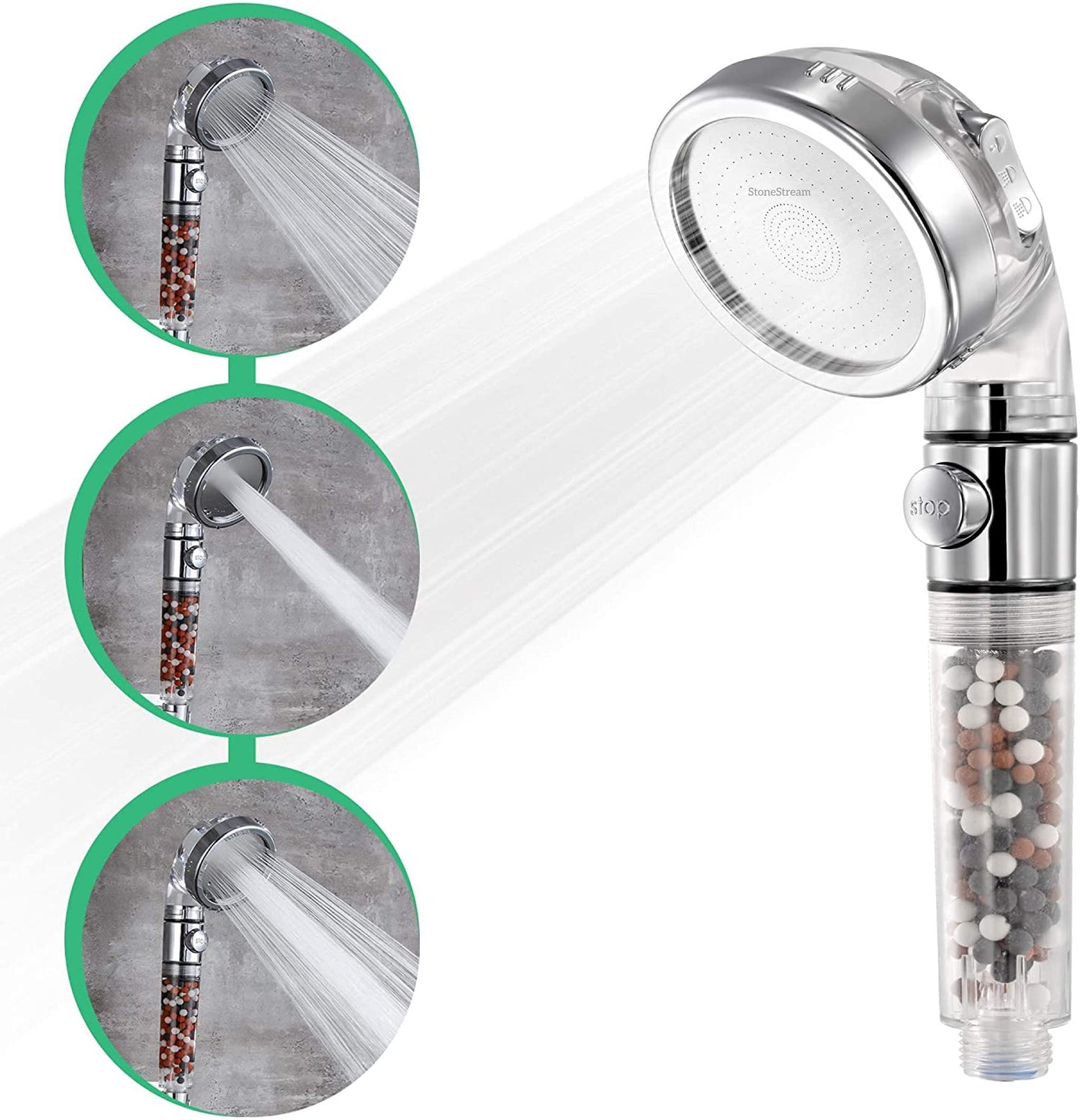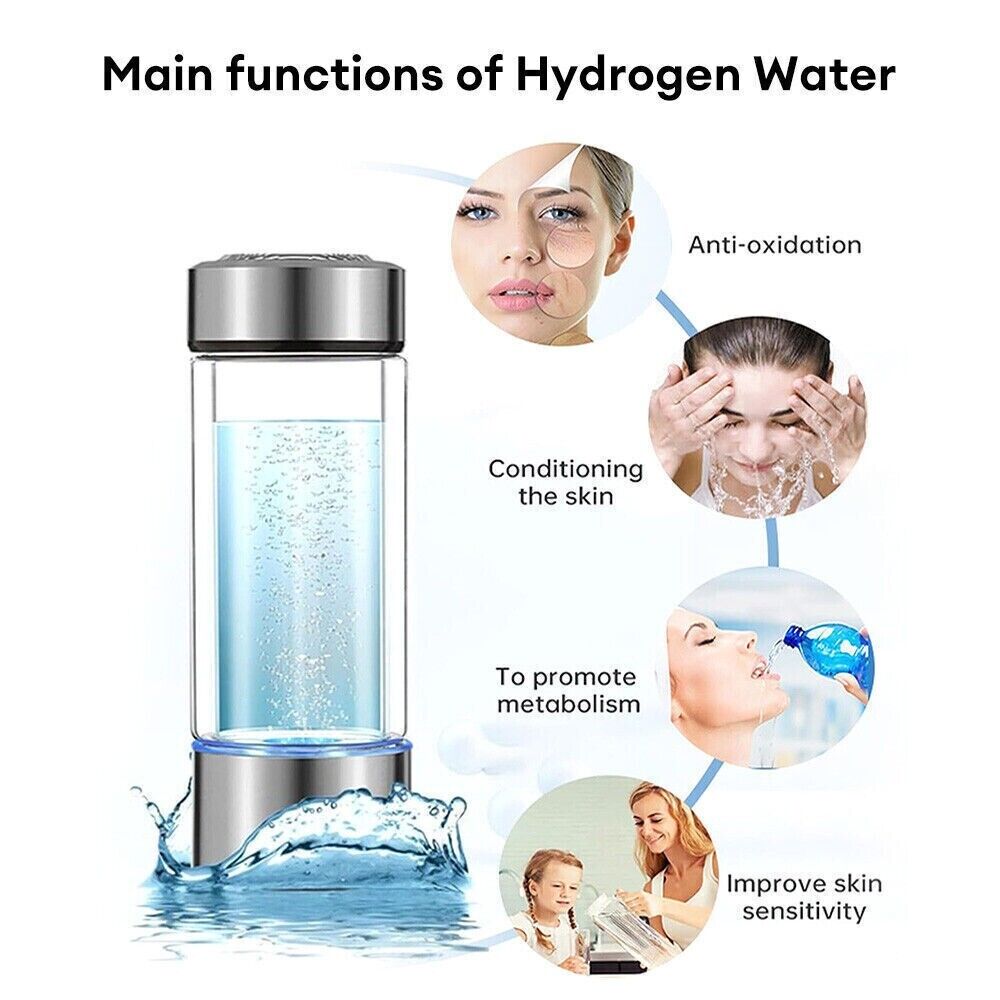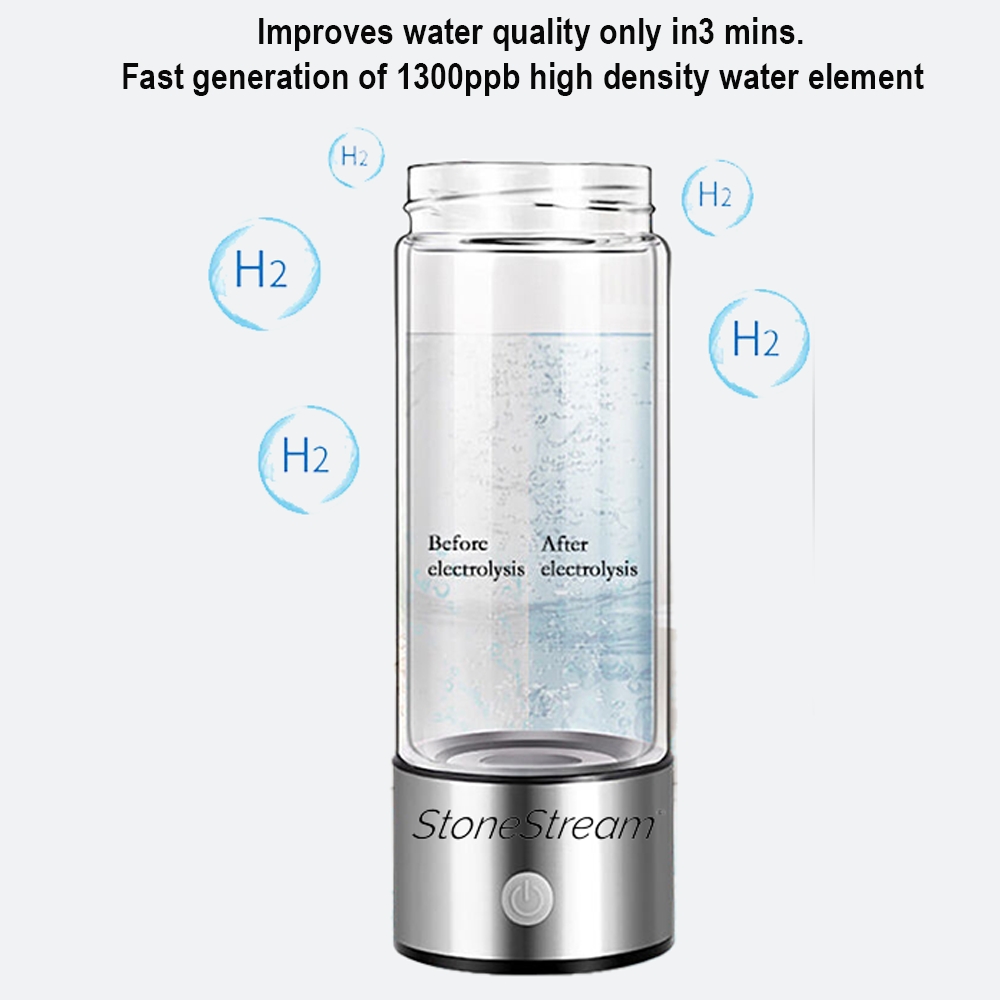We’ve all probably experienced a beautifully refreshing and invigorating shower either in the morning or after some really sweaty exercise. There’s really nothing quite like it!
So, when the water flow rate drops for some reason, we immediately notice the change. Sometimes, the pressure of water gradually becomes worse over a long period of time. When this is the case, we don't notice that something is wrong until the water from the shower turns into a trickle. Or, the water pressure might change suddenly, making us think that perhaps the shower is broken.
No matter the reason, it's annoying to deal with a low pressure shower head. For example, you might live in a neighbourhood that has naturally low or fluctuating water pressure. In this case, you can replace your shower with one that has either a built-in pump or one that pumps water from the storage tank.
Well, what if you use an electric shower? Most modern ones are okay if you’ve got low water pressure since they are designed to work over a large pressure range, but there are exceptions to the rule. You can buy electric showers with a built-in pump in case your pressure falls outside this range.
However, you might be wondering: what exactly is low water pressure? How low is it? Let's find out.
How ‘Low’ is ‘Low Water Pressure’?
To be honest, if you’re not happy with your water pressure then get it sorted out. But, if you want to put a number to it, you can easily work it out by measuring the flow rate.
-
Go to your kitchen cupboards and find a measuring jug. If you haven’t got one of those, use an empty 1-litre milk carton or something similar.
-
Turn on the shower to its maximum.
-
Measure the time taken to fill the 1-litre container.
If it takes longer than 6 seconds to fill 1 litre (10 litres per minute) then you have serious water pressure problems. Obviously, a faster flow rate would be ideal, but anything more than 6 seconds is considered bad.
How Do We Fix Low Water Pressure in the Shower?
Before you jump to the worst possible conclusion, there are a few simple remedies you can try at home by yourself to increase the shower pressure. You never know, one of them might work!
Anyway, let's take a look at each of these methods in turn. We’ll walk you through the possible causes of low water pressure and discuss the remedies you can try out.
Have You Got a Dirty Shower Head and Hose?
We’ll talk about this one first because it’s usually the most likely cause, and people often forget to check the simplest solution. It’s normal for a shower head to accumulate dirt, grit, rust particles, and limescale over time. You might even see some slime in there too. Unfortunately, these solid particles are a breeding ground for all kinds of bacteria, so it's worthwhile cleaning your shower head even if you don’t experience a pressure drop.
Now, you can buy many different cleaning liquids from your local supermarket. They work great but if you intend to clean the shower head regularly, the cleaning materials can turn out to be quite expensive.
Instead, just unscrew your shower head and shower hose and soak them overnight in a bowl of vinegar. Next morning, rinse the equipment; if you see any deposits, dislodge them with a pin or a cocktail stick. You can check out The Reservoir for more details about this method. This is the StoneStream Professional Knowledge Database — if you want to do the cleaning properly, our articles are well worth a read.
You’ve tried the vinegar trick but your shower head is still clogged? It’s probably time to buy a new shower head. While you’re at it, don’t forget to get a new hose too. Many people buy a new shower head and forget that their existing hose is probably blocked as well.
Check the Shower Head’s Settings
Sometimes your shower head might have a water-saving feature. Now, this one won’t just creep up on you. It’s most noticeable when you move into a new place and you realise the shower doesn’t perform like your old one. Maybe the previous resident fitted a water-saving shower head to reduce the flow rate and conserve water. Yes, such shower heads are much better for the environment and your water bills, but they rarely give a satisfying shower.
You might have a low flow rate shower head already installed that needs to be reset. These have a flow restrictor fitted inside that is basically a small hole through which the water flows. The restrictors have holes of varying sizes and you can choose the correct water velocity depending on your flow rate (this is a bit like putting your thumb over the end of a hosepipe). One of these settings is the reset option. Choose this setting to allow the water to flow with no restriction.
Or, you might have another type of shower head installed. This is a shower head designed to increase the water velocity by injecting air into the water stream while using the same volume of water. You should check that this shower head is on the correct setting too.
Check the Water Valves in Your Property

Shower Isolation Valve
Every appliance in your home (in this case, we’re talking about the shower) has its own valve that allows you to isolate it from the mains water. Usually, it won’t be far along the water pipe from the shower and might be behind a removable panel (or even in full view). The valve itself might have a knob to turn by hand; more commonly, it’ll have a slot for a screwdriver to turn. Whichever one you have, make sure it's fully open. The knob turns fully counter-clockwise while the screw slot should be in line with the pipe.
Main Valve
Water enters your home through the main valve and isolates the whole house from the mains water. It’s often found under the kitchen sink. Once again, open it fully counter-clockwise.
Mains Stop-Cock
This is usually where you find your water meter. It’s found outside under a small square or oval-shaped metal plate set in the ground. It may be just inside your house's boundary or just outside on the public footpath. Once again, ensure that it’s fully open.
Call a Plumber
OK, by this time you’ve either found the problem and fixed it or you’re probably pulling your hair out because you’ve run out of options.
Now is the time to call a plumber. If they are any good, they’ll track down the problem and sort things out quickly. Before you know it, they’ll either increase water pressure to the shower or will know how to go about doing it, probably by installing a water pump.
Keep Your Plumbing Free from Impurities
So, remember to keep your mains water and domestic plumbing free from contaminants such as rust, limescale, and other unwanted substances. You can do this by:
-
Installing water conditioners and filters at appropriate locations.
-
Keeping water softeners filled with the manufacturer’s recommended chemicals.
-
Ensuring that the filters are rinsed or changed regularly to prevent clogging.
Keep your plumbing free from obstructions and blockages; ensure all valves that should be open are open and use the appropriate conditioning equipment. If you do all this, you’ll have done everything you can to ensure your domestic water pressure is as high as it can be.
For any other low water pressure situation, you can buy attachments to increase the water velocity from your taps and shower head. Except for a water pump which actually does improve your water pressure, these attachments increase only the water velocity. Basically, they simply give the impression that you have higher water pressure. They do feel good though! Remember the analogy of putting your thumb over the end of the garden hose? These attachments work like that.
StoneStream's range of high water flow rate showerheads contains a built-in polypropylene filter or three different kinds of mineral filtration stones tailored to your specific water problem. You’ll find that they filter most types of impurities from your water depending on your water type and the age of your plumbing. You might have limescale, rust, grit, sand, and all kinds of particles floating around your pipes, but using a filtered shower head will certainly prevent clogging.
StoneStream's eco-friendly and affordable shower heads are thermally efficient, save money on utility bills, and increase the water flow rate by up to 200%. Using one of them will certainly increase the water velocity and make it feel like the shower water pressure has improved. You'll definitely have an elevated showering experience with StoneStream's shower heads!
Head over to our website today to shop for shower heads and shower accessories (from non-slip shower mats to replacement filters) that are durable, eco-friendly, stylish, and cost-efficient.




